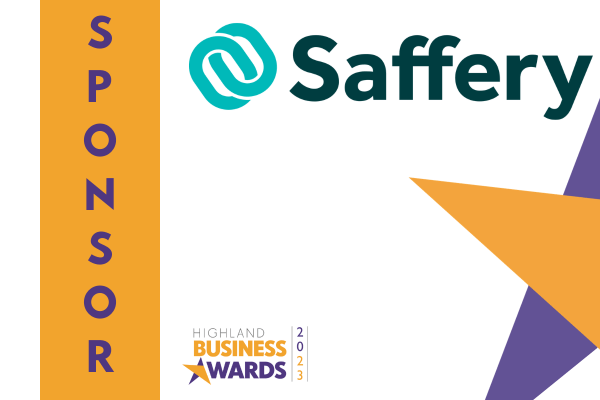Cashflow Management and Business Financing
With little more than a week until Highland Business Awards 2023, we’ll be featuring some guest blogs from our generous sponsors! Next up is Saffery, who explain how businesses can improve their cashflow management.
Ongoing high inflation and global political and economic instability continue to provide a volatile backdrop for the operations of many small and medium-sized enterprises and owner-managed business, which can find it challenging to manage working capital stakeholders or arrange appropriate financing. Here are some of the options available to assist cashflow management.
Proactive working capital management
Any company aiming to optimise its working capital management and cashflows can adopt a number of good business practices. It could explore modifying current credit terms with both its suppliers and customers. Stakeholders may be amenable to discussions around payment terms, especially if this is framed in the context of the optimisation of company services.
As a company grows, it should implement improved credit control processes and proactively chase outstanding invoices from debtors. Automated statements on account and follow-up’s can be set-up to reduce internal administrative burden while ensuring engagement with customers.
Invoice discounting
Invoice discounting is where a company arranges a facility with a bank or alternative financing institution, through which the financing entity advances the company a high percentage of its debtor balances in cash as a loan, using the company’s debtors as security.
This allows cash to be received by the company in advance of the stipulated credit terms. The cash received from the customer is used to settle the loan provided by the financing entity, in addition to a fee for the arrangement.
Invoice factoring
Invoice factoring provides early cashflow against customer debtor balances. The financing entity purchases the debt and maintains the credit control function, dealing directly with customers for debt collection. This could work for a company that needs working capital finance and also wants to outsource its credit control function.
Factoring with or without recourse
Factoring with recourse means that if a company has a customer that does not pay its invoices, the company is still liable to fulfil the payment to the financing entity (the financing entity has recourse).
Factoring without recourse means that the financing entity takes on the risks and rewards of ownership of the debt. These arrangements are riskier to the financing entity, so tend to be less commonplace and require further credit checks and diligence to set-up.
Reverse factoring and supply chain finance
With these arrangements, the contract exists between the financing entity and the company’s customer in respect of payment of the company invoices. At the company’s request, the financing entity and customer enter into a factoring arrangement. This provides immediate payment of company invoices by the financing entity and low risk settlement of debt from the customer over the typical credit terms.
Read our full article, where we explore more financial arrangements available to your business at: www.saffery.com.
We support a range of business across Scotland and are proud to be sponsoring the Business Leader of the Year category at the 2023 Highland Business Awards.

